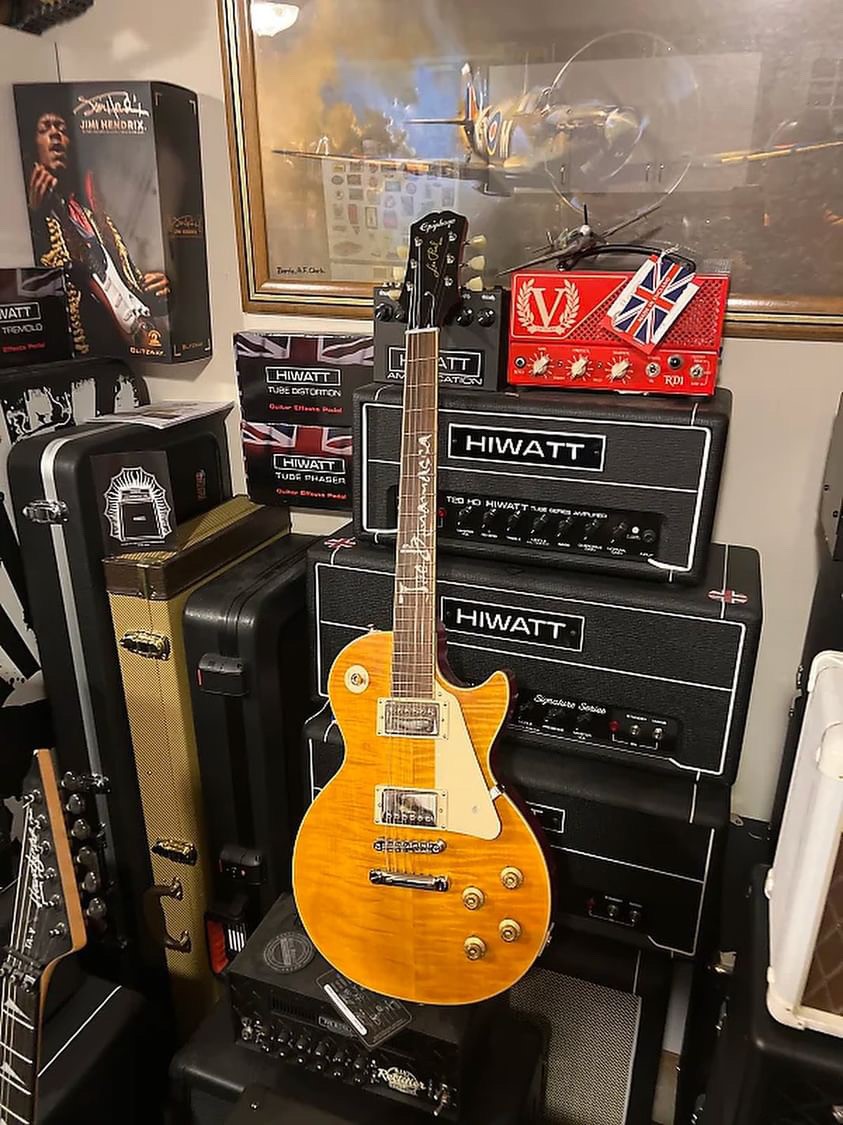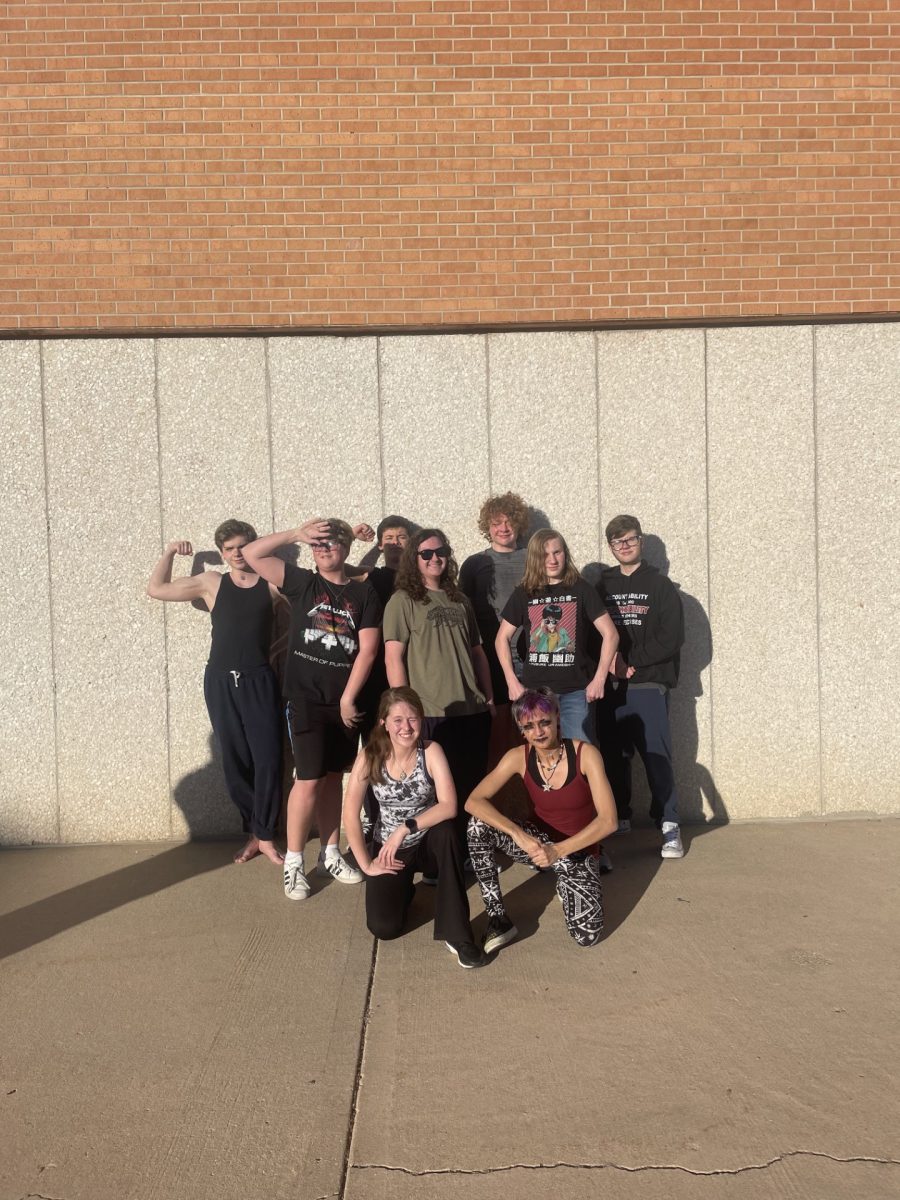As society progresses, intergral parts of our lives tend to change rapidly. These changes can be in economics, social issues, political topics, but these aren’t the only categories that have evolved. One thing that has always been a huge part of culture is music. Music can date back up to 35,000 years ago. However, with this, one can notice the obvious drastic changes in the music industry and how it progressed each decade. Music in the modern age is extremely different than when it first started. Music changes with society, especially as aspects of the world become more broad, the way music is performed, written, and recorded changes immensely. From Johnny Cash, to Sublime, to Post Malone, music has evolved.
With new technology, music would change relatively quickly. Change has only gotten exponentially faster, music developed new genres, which developed subcultures that would gain their own songs creating subgenres or crossover genres. Historically Classical music has been the largest root of western music. Classical music became jazz, became blues, became rock, became pop-music. This is a very simple explanation of this tree. To paint a picture of every genre that ever existed and sprouted it would go further back and further into the future and address the nuance of these genres.
With the second World War over, the 1950’s were a time of great growth socially, economically, and of course artistically. With Chuck Berry being credited with the creation of Rock’n’Roll, having an incredible mix of blues themes and ideas of being free to be yourself. On the other side of the atlantic, The Beatles were becoming undisputedly the biggest music act of the generation, dare one say ever.
What the 1950s set up for the 1960s was enormous. British rock was at its peak being much larger in the early 60’s. With the “Hippie” culture that nearly defined the entire decade music was taken places that it hadn’t because there was a new chemically fueled movement. Psych Rock, Heavy Metal, Acid Jazz, Doom Metal, Punk Rock, all genres that came about during the 1960s. In 1969 the largest music festival of the time, Woodstock, was held and featured the likes of Jimi Hendrix, Credence Clearwater Revival, Grateful Dead, The Who, Santana, and Janis Joplin. The festival was seen as problematic because of the activities that went on at Woodstock.
The 1970s, where artists began to throw the rules of music that came beforehand away, and create their own genres and melodies. With these rules being altared, came the genres of punk, punk rock, and folk rock (as well as rock progressing). Important bands and artists from the rock scene began to take the stage, these bands being Queen, Aerosmith, Ramones, and Kiss. These concerts started gaining popularity, but it was nothing compared to how concerts are sold out now. For example, during the Get a Grip Tour by Aerosmith, out of the 20,000 tickets available for a concert in Mountain View (CO), only 15,301 of those tickets were actually sold. However, with an already established band, such as Kiss, they sold out every single concert during their Rock & Roll Over Tour. During the 70s, touring for rock bands became even more frequent, especially because it helped the artists gain recognition, reach a larger audience, and bring in a good amount of money.
Folk rock was hitting the music industry immensely, and largely. The rise in the “hippie” pop culture began to take on these folk artists as part of the trend. Artists like Janis Joplin, who was one of the first female rock artists, was deemed with the name The Queen of Rock. She sang as a folk rock artist, mostly dominated by rock, but she created a persona of what folk rock was. Another artist who further helped folk rock was Bob Dylan, who used poetry most times to help write the lyrics in his songs. He helped progress the process of writing lyrics, and how it should be executed. Without his way of writing songs society today would not have the built-in ways of writing lyrics.
The 70s helped several genres gain popularity, including hard rock, folk rock, and rock itself. Without the 70s music culture, music as we know it today would be seen very differently because the popularity of these genres wouldn’t have been possible.
In the 1980s When one thinks of the 80s, 2 genres immediately come to mind for most: Metal, and Disco. The 80s culturally represent a lot in terms of american culture separate from sociological problems and politics. The 80s and 1990s are the decades people are most nostalgic for. With Metallica, ACDC, and judas priest being at the front of the rock and heavy metal the genre would only grow.
The 90s. The era of boy bands, alternative rock, and the rise in hip hop. Music had just recently begun being more heavily edited and influenced by record labels, rather than the musicians themselves. This is where backtracks and the more popular usage of “electronic” music started.
Opposed to the heavily metal dominated 80s, the 90s brought on more alternative rock bands and artists. These include Nirvana, Red Hot Chili Peppers, Spin Doctors, and Sublime. With these alt-rock bands, the stigma of drug-usage and overdose came. For example, Sublime’s most popular songs mentioned drug use, but an even more historical event occurred when in 1994 Nirvana’s lead singer, Kurt Cobain, died from suspected suicide due to an overdose and a shotgun blast to the head. He was a large influence in the music industry at the time, and this continued to protray the alt-rock genre in those stigmas. However, although the alt-rock genre was portrayed in these ways, it continued to gain dominance over other rock genres during the 90s.
Although things were changing in the rock industry, so was the rise of pop music. Boy bands, especially in the pop-rock genre became more popular as the 90s went on, bringing Backstreet Boys, Nsync, and Hanson to the front of the music scene. These artists were also loved because of their popularity with the younger generation in that time; teenagers and young adults. Magazines such as Seventeen, Teen People Magazine, YM, among many others portrayed the music industry of this time being dominated by the pop artists. Music started becoming more universal, as songs like MMMbop, which reached the #1 spot on the ARIA Singles Chart, used lyrics that did not only appeal to American Audiences, but anyone around the world could learn the lyrics. The rise in pop music in the 90s has contributed to the largely dominated pop culture in the modern day.
The 2000s was mainly dominated by hip hop, pop, hard rock, and the continual rise in boy bands and girl pop groups. Hip hop stayed in the foreground throughout the 2000s, but new types of music also began to take over the music industry. The hard rock more dominated the music scene as bands like Linkin Park, System Of a Down, Weezer, among many others. Although the 2000s was very diverse, music still kept up the trends of the past decade. 2000s was probably the most cohesive with the years beforehand, but as the years continued into the 2010s, the music industry would change exponentially.
During the 2010s, the music industry started to have a rise in artists displaying trap music, and more modernized hip hop artists. The most famous artists of this time included Bruno Mars, Kanye West, Drake, Lady Gaga, and Jay-Z. Although thse artists were becoming more and more popular as the decade progressed, many of them were crossing their fame over from the decade before, creating a more timeless connotation to their reputation.
In the 2020s we see more hip hop artists coming to the front. With many hip hop artists, we also have many pop artists who have carried on their fame from earlier years, along with new artists gaining popularity with younger audiences.
Hip hop artists’ fame during this time is mainly based on how they perform and entertain their fans. Artists such as Doja Cat, Megan Thee Stallion, Ice Spice, among others, all of these artists entertain with choreography, rather than musical talent. When you watch concerts from these musicians you can see that they are mainly using the concert itself as a forum for dance entertainment, rather than the power they hold in their music. Along with these dance-dominated concerts, these musicians also highly cause the main idea of the concert to be sexualized, especially when their lyrics pertain to those topics. This is why one may argue that artists of today do not have any talent.
Back tracks are now a large part of the music industry, being used at concerts and while making music itself. You have artists that mainly use one instrument and play many backtracks behind the scenes in order to make it appear as if they have this talent.
Taylor Swift is one of the most famous artists of this current decade. She was deemed Apple Music’s Artist of the Year award, in correlation to her Eras tour she began in early 2023. Fans of her came flocking to the concerts, large numbers of people filling the venues and stadiums. The average attendance to her concerts was 72,459 people. (That’s at one concert!) However, as you see her career progressing, one can also notice that at her concerts she is using a main backtrack that even has her voice singing. When she doesn’t have the microphone near her mouth, or even when her mouth is shut and she is not singing, the singing continues in the background. Fans are remaining die hard although you can see the quality in her concerts diminish. The set list is great, her featured artists that she brought on added to the concerts, as well as her choreography, but she does not live up to past years concerts even among other artists who went on large tours.
Olivia Rodrigo, the creator of the album Sour, has also released her new album Guts, gaining a large following with the fans from her original album. Rodrigo is a largely followed influencer on TikTok, as well as other social media platforms. Many of the artists of this time are big-time influencers on platforms such as TikTok and Instagram, which helps add to the amount of people that they are reaching. Especially within the teenage generation of this time frame, most of these artists are being followed due to the trends surrounding them.
Overall, the 2020s as the current time frame for the music industry is beginning to open up so many subgenres and new ways of creating and producing music. Many artists in this time are gaining larger popularity, specifically in the pop and hip hop genres, and in the coming years society will see music change as it has before.
Music has evolved at insanely fast rates, and as one can see, throughout each decade, certain genres gained more popularity, or new genres were created and started musical revolutions. Everyone has a different taste in music, and in the current time frame, all music genres are at the front. We go through this similar thing even on shorter timelines than decades with things like spotify wrapped. How our music taste changed or didn’t throughout the year can demonstrate the ways we all understand and perceive music, and musical genres.







